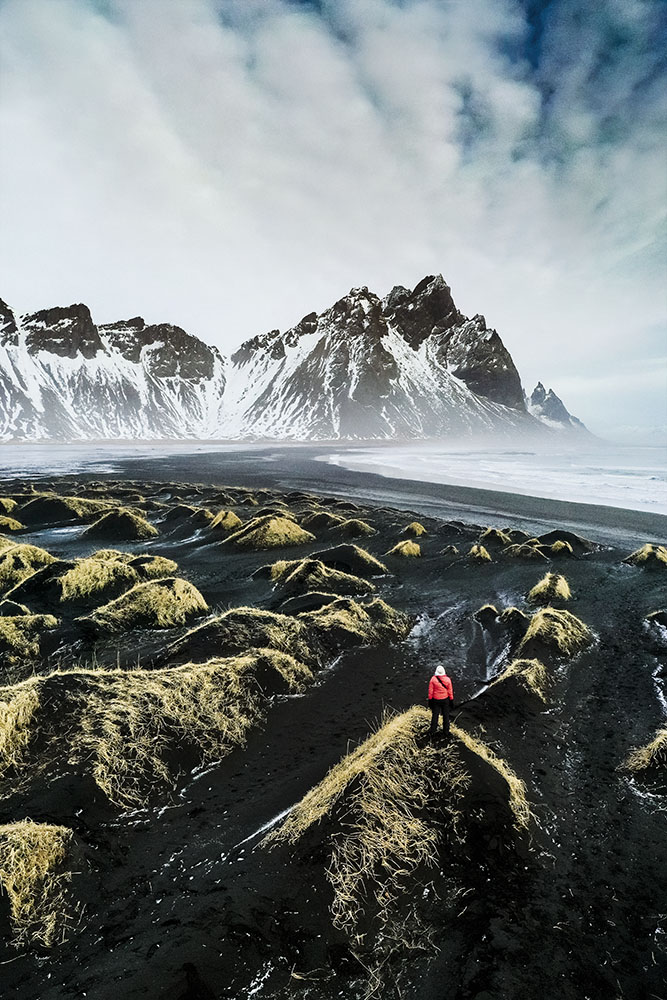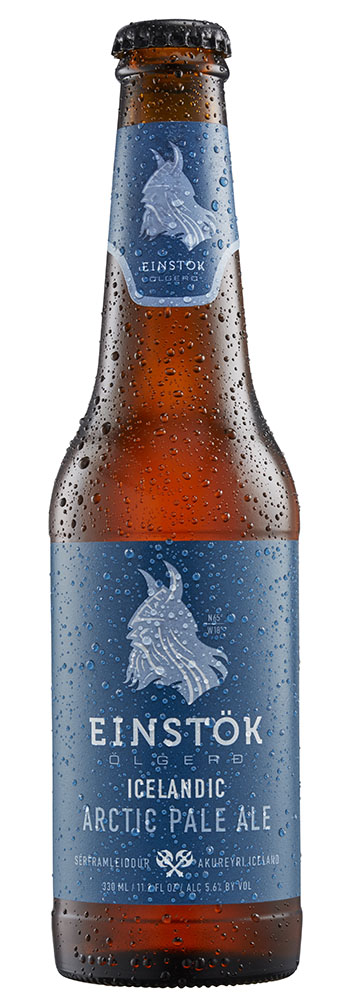“Sheep dung.”
“What?!”
“You heard me. Sheep dung.”
“You’re telling me that the barley for that stuff in your glass is smoked over flaming sheep turd?”
“Well, I don’t know about flaming …”
“Look, the bloody flaming part isn’t what’s making me uncomfortable.”
“I envision more of a peat-like smouldering.”
“Smouldering, flaming … whatever. It’s still basically hot shi…”
“Language! Tsk, tsk.”
“What the hell would convince a distiller to smoke barley over that crap. Seriously, this place has peat bogs. I mean, Scotland has sheep, too. And the spirits they make on Islay are peaty, not shi…, sorry, sheepy.”
“Well, it’s not like my drink reeks of ruminant mammal.”
“Huh?”
“In any case, it’s about sustainability. Do you know how long it takes a peat bog to regenerate?”
“Please enlighten me.”
“It takes, like, a thousand years to form one and it only regenerates at something like a millimetre per year.”
“So?”
“So people here are big on sustainable and renewable everything. Peat isn’t really sustainable. Sheep dung, on the other hand …”
“What do you call that stuff, anyway?”
“Well, most people just call it sheep dung, but I’m sure there’s a more scientific …”
“The stuff in your glass. God, you can be tiring at times.”
“Flóki.”
“As in a Flóki of sheep?”
“Now who’s being tiring?”
“Anyway, you can have it. I’ll stick with my Einstök Wee Heavy.”
“I hear there’s a beer here infused with whales’ testicles, smoked over sheep dung, of course.”
“Must you spoil everything?”

Craft-brewed ales and sheep dung-smoked spirits are probably not what inspires tourists to visit the most sparsely populated country in Europe.
Visitors are allured by geothermal spas (Blue Lagoon is the most famous one), the cascading, multi-tiered Gullfoss waterfall (among many other waterfalls), geysers, glaciers and the Golden Circle (oh my!).
They want to see the breathtaking views at any of the many national parks, active volcanoes, and lava fields.
They are tempted by some incredible architectural and artistic works, a plethora of scenic hiking trails and, if it is your particular bent, the Icelandic Phallological Museum (yes, you read that correctly), where you can see the world’s largest display of penises, and penis parts (you read that correctly too).
Imagine the sheer delight of ogling 280 specimens from 93 animal species, including a modest metre-long elephant member and a mere “piece” from the nether regions of a blue whale that measures 170 centimetres, enough to humble any adult movie star. The entire apparatus is estimated to have been about five meters from tip to … er … tail.
Dung-smoked spirits seem pretty tame now, right?
In any case, the growth of tourism in Iceland has had several positive effects on the country. First, it helped lift the country out of a severe economic slump brought on by the 2008 global financial crisis (somewhat ironically, Iceland now ranks as first in the world for median wealth per adult).
Second, it helped grow the hospitality sector (a bonus for big eaters and drinkers) — a fact confirmed by David R. Altshuler, Founder and CEO of Einstök Beer Company, L.P., one of an ever-growing stable of craft breweries springing up across Iceland.
Altshuler explained that, until recently, Iceland only had a small stake in the brewing industry: “Iceland does not have a long brewing history. Its version of Prohibition began in 1915 and beer consumption was not legalized until 1989.”
Be that as it may, Altshuler claimed a stake in the fledgling brewing industry by turning water into beer. Einstök is now a successful enterprise by any standard. Outside Iceland — the company’s biggest market, you can find Einstök beers in 23 countries, including 20 US states.
It may be surprising, then, that the company was formed as the result of a fortuitous change in direction. “Einstök was born from an idea to create a luxury water brand,” Altshuler began. “After extensive research across the globe, we concluded that Iceland had plentiful water sources and the best water. But timing wasn’t great. We had the idea in 2008, and by 2009 the US economy was at a low point and private equity sources were scarce. Our team pivoted by capitalizing on the growing US craft beer market and nascent interest in Iceland as a tourist destination.”
The water research, however, came in handy: “It turned out that Icelandic water is the perfect foundation for brewing great beer — it has optimal pH levels and total dissolved solids (TDS). We formed Einstök in 2010. After a year of planning and experimenting with various styles and taste profiles, we shipped our first beer order to the UK in late 2011.”
From the get-go, Altshuler had a clear vision for Einstök’s craft beer range. “We decided when we started Einstök not to follow the many craft breweries that introduce a new beer every month,” he revealed. “Instead, we looked at which craft beer styles were lacking great beer and created our best recipe for each style. We now have five core year-round styles and some limited-edition summer and winter beers.”
Einstök sourced its ingredients as locally as possible to ensure its beers’ truly unique Icelandic profile. “Water is the main ingredient in beer. We use naturally filtered glacier water, which makes our beers unique. It is our ‘secret sauce’.” Altshuler confided.
Several of Einstök’s core styles use locally grown Icelandic ingredients. “In our Wee Heavy we use locally smoked barley, and angelica root — the Vikings’ currency. We use hand-picked bilberries, which are like blueberries, in our Arctic Berry Ale; and we use hand-picked spruce tips in our Winter Ale. Later this year, we will introduce a cocktail-inspired gin and tonic Pilsner that’s brewed with locally sourced junipers.”
And in keeping with Iceland’s gastronomic evolution, Altshuler beers are brewed with food in mind. “Our brewing philosophy is to produce beers that showcase the incredible Icelandic water, while ensuring that each style is balanced and sessionable. We call our beer The Chef’s Beer because it pairs well with a wide variety of foods. In fact, you can find Einstök at several Michelin star restaurants around the globe,” he concluded.
Altshuler did not mention any plans to start incorporating sheep dung-smoked barley in its offering. The same cannot be said for Eimverk Distillery, which uses sheep dung in its Flóki Sheep Dung Smoked Reserve spirit.
“We pick only the best dung for this process,” assured Haraldur Haukur Thorkelsson of Eimverk Distillery. I can only assume he is saying this with a straight face at the extreme oxymoron “best dung”. He continued: “Making good sheep dung is an art, and the farmers in Svarfaðardalur in North Iceland are renowned for theirs. We get all of ours from a farm there.” Well, there you go; Iceland has both pure water and designer dung.
Thorkelsson spoke about the Icelandic history of dung smoking — sorry, I mean smoking things over dung: “Using sheep dung for smoking food is an age-old tradition in Iceland,” he said. “Sheep dung mixed with hay typically piles up over winter when the sheep stay indoors. When the sheep go out in spring, you dig out the sheep house and dry the dung in the sun over summer. Come fall, you use the dung to smoke and preserve your harvest, be it meat, fish (salmon in particular) or barley.”
Fascinating. Yet, you cannot help but wonder what the dung smoke imparts to the spirit if you have not tasted it.
“The result is somewhat similar to peat-smoked whisky, which is common in Scotland,” Thorkelsson reported. “Sheep dung is about a year old when used; peat is 1000 years old. As such, peat-smoked whisky tastes and smells like smoked whisky with a unique character. You should taste a bit of ‘farm’ in there.”
For the less adventurous, Eimverk fashions a range of less shi … — sorry — more recognizable spirits. “We make whisky, gin and aquavit following European standards,” Thorkellson reveals. However, any resemblance to typical European spirits ends there. “We decided not to model our whisky and other spirits on any known style,” he explained. “We wanted to recreate a 19th-century Icelandic-style gin. We only used botanicals that were common in Iceland and available to distillers at the time and created our Vor Gin. Most of the botanicals are grown elsewhere, but the combination we use is unique to Iceland.”
Besides whisky and gin, Eimverk also crafts Brennivín (another name for an aquavit made in Iceland). Thorkellson says that aquavit is like “the gin of the north.” “It’s common in Iceland and throughout Scandinavia. In the early days of distilling, it was common practice to use herbs to improve the taste of what was often a crude spirit. Usually this was done with some local, low-cost and abundant herb or spice. In Europe, juniper was used for flavouring gin and other spirits. In Iceland, caraway seeds are the primary herb for Brennivín. To fill in the taste profile, we usually add a few other herbs including the Icelandic moss that we put in just about everything. Caraway has been used for centuries in Iceland for cheese, bread, and Brennivín, and would usually be grown at most farms practically just outside the kitchen door.”
Thorkellson added that Brennivín is typically served neat, chilled or not, often with appetizers, especially fish. He said it also works well in cocktails: “It makes a great margarita for example, or works well just with tonic.”
Both Thorkellson and Altshuler will no doubt continue to explore different liquid expressions and push the limits of Icelandic beers and spirits. When asked if he would continue to collect penises, Hjörtur Gísli Sigurðsson, the fellow who erected the Phallological Museum and no doubt mounted the collection, apparently responded that he would: “[You can] always get a better, newer one. A bigger size or better shape, you know?”
Einstök Icelandic White Ale ($4/330 ml)
Brewed with coriander and orange peel, this crisp, pure, easy-drinking white ale is testament to the purity of Iceland’s water. A hazy pale gold in colour, with a persistent, fine head. Mild aromatics suggesting citrus rind and some grassy barley undertones. Very slightly spicy in the mouth, with a super clean almost ethereal mouthfeel.
Einstök Icelandic Wee Heavy ($4/330 ml)
Based on a Scottish recipe and using local smoked barley (smoked over what I will not ask) and Icelandic angelica root, this is a smoky, malty, mocha- and coffee-driven full-bodied ale. It has rich flavours of dark chocolate, toasted malt, caramel and nuances of smoked meat. Rich, perfectly balanced and warming.
Eimverk Flóki Icelandic Young Malt ($75)
Somewhat reminiscent of a traditionally made grappa or marc, with somewhat earthy, grassy barnyard aromas (i.e., a distinct note of hay). Malty, earthy, and spicy on the palate, with a peppery, warm finish. Do not approach it as you would a fully mature whisky — it is not one. But it is unique and quite enjoyable.
Eimverk Víti Brennivín Icelandic Aquavit ($55)
This is beautiful stuff. Distilled from Icelandic barley and flavoured with local caraway, rhubarb, meadow sweet, angelica root, birch leaves, arctic thyme, kale and Icelandic moss. Anise, caraway, vanilla and white pepper on the nose lead to a full, creamy, baking spice and caraway palate and a long, intense finish. I loved it chilled and straight up (unfortunately, I had no pickled herring in the house).


